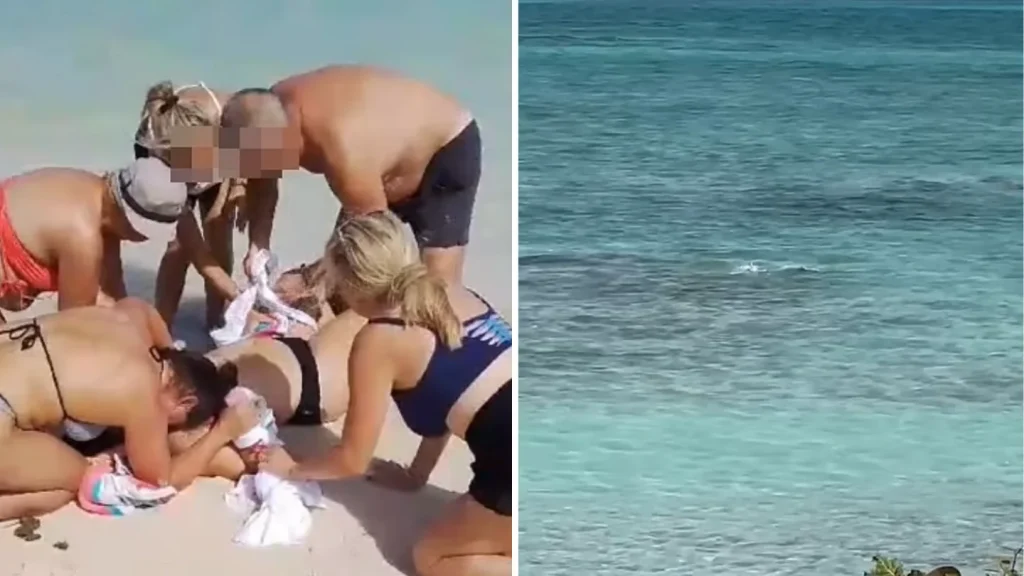On a seemingly tranquil morning at Thompson’s Cove Beach in Turks and Caicos, the picturesque setting was shattered by a terrifying shark attack.
Nathalie Ross, a 55-year-old Canadian tourist, experienced a life-altering encounter when she attempted to photograph a shark in shallow waters, resulting in the loss of both her hands.
The incident unfolded in hip-deep water where Ross, driven by the modern urge to capture a close encounter with nature for social media, found herself dangerously close to marine wildlife.
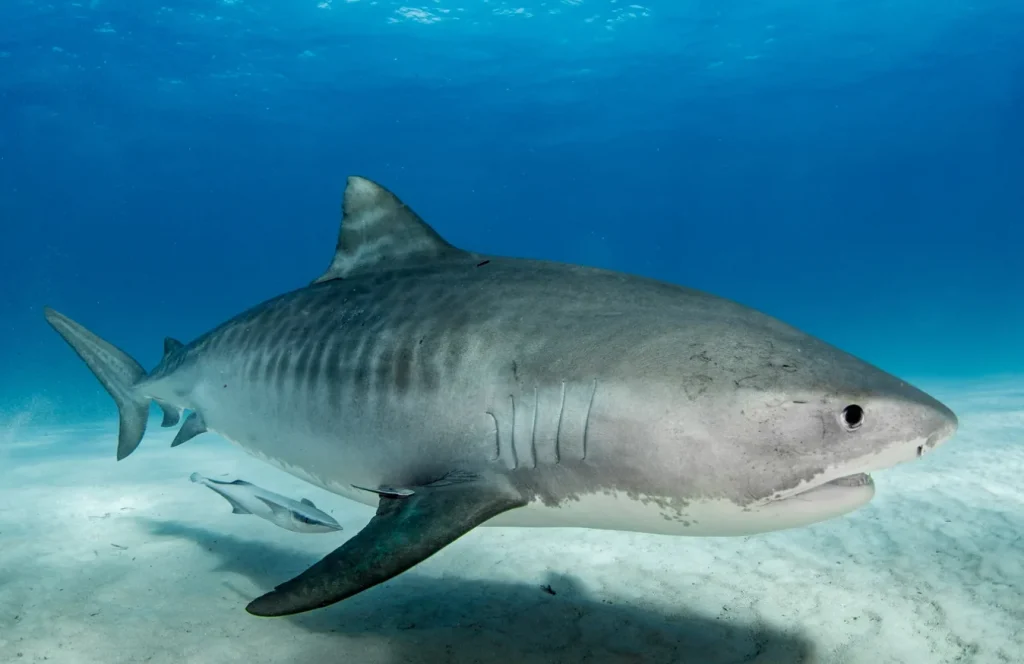
The shark, believed to be a bull or tiger shark, measuring six to nine feet long, turned aggressively towards her, leading to tragic consequences.
Eyewitness accounts describe a scene of sudden horror as the shark attacked, severing Ross’s hands. Her husband, along with other bystanders, rushed to her aid, fighting off the shark and providing first aid until emergency services arrived.
The immediate response included makeshift tourniquets to stem the severe bleeding, showcasing the quick thinking and bravery of those present.
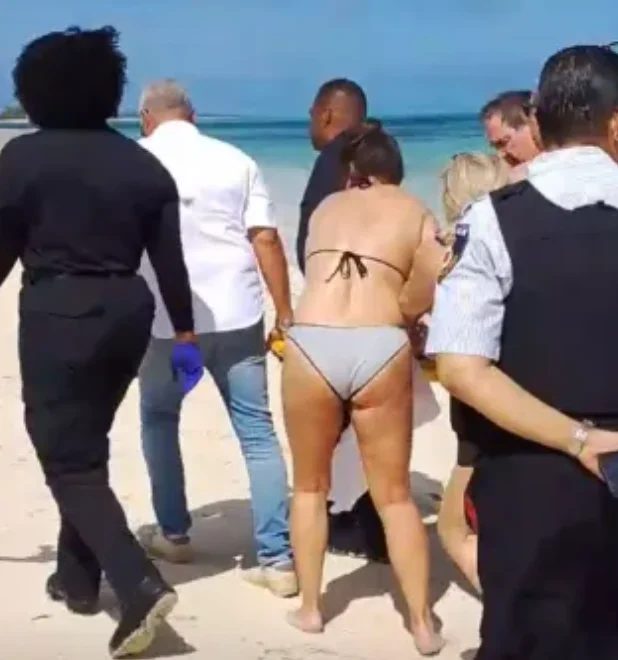
Ross was quickly transported to Cheshire Hall Medical Centre on the island of Providenciales. Due to the severity of her injuries, medical professionals were forced to amputate both her hands one at the wrist and the other mid-forearm.
The surgical team worked under pressure to stabilize her condition, preparing her for further medical treatment off the island.
In response to the attack, local authorities temporarily closed the affected beach area. This precautionary measure was intended to ensure public safety and allow for a thorough investigation of the incident.
The beach was reopened only after it was deemed safe and the shark believed to have moved to deeper waters.
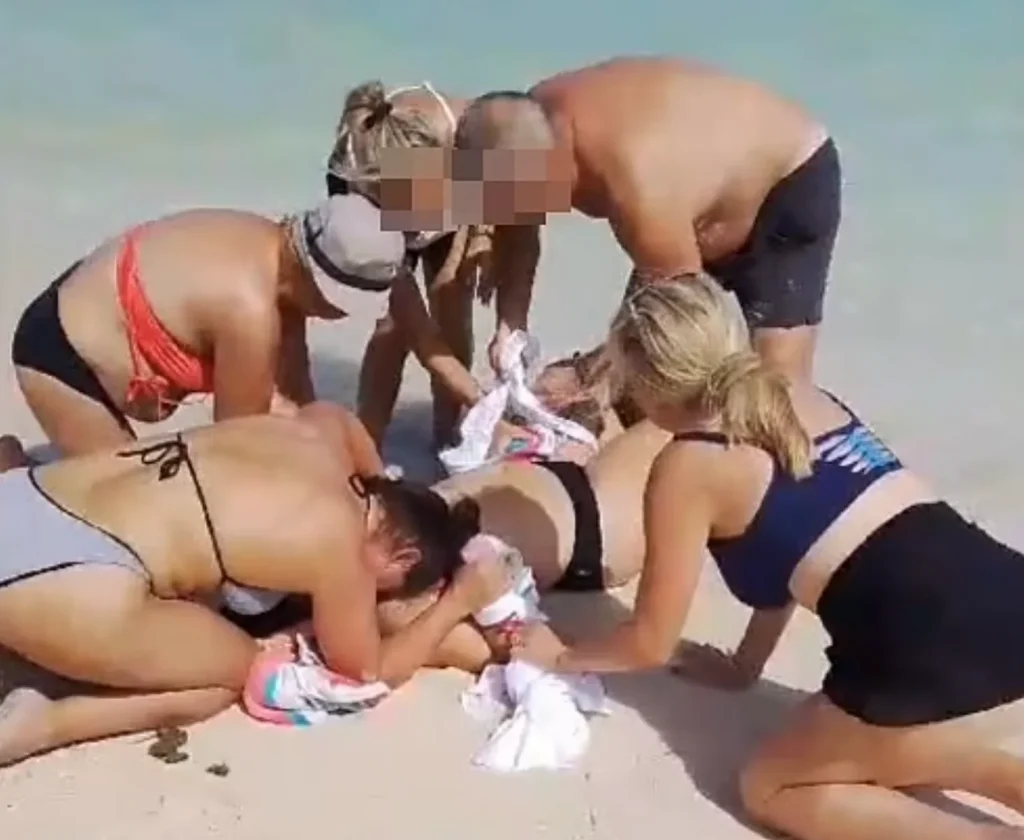
This incident has sparked a broader discussion on the interactions between tourists and wildlife. Local government officials and environmental authorities have issued statements urging the public to maintain a respectful distance from marine life and adhere to safety advisories when in wildlife-inhabited areas.
Shark attacks, while rare in Turks and Caicos, underscore the potential dangers that can arise in regions known for their natural beauty and wildlife.
The local tourism authorities are now working to bolster safety measures, including better education for tourists on wildlife interaction and enhanced monitoring of marine areas.
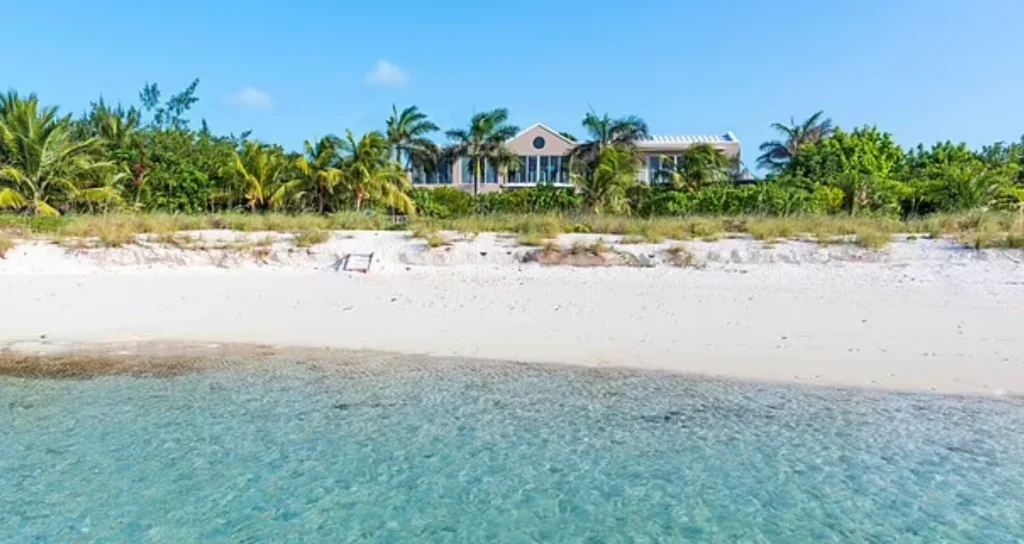
As Ross recovers, the impact of her story extends beyond personal tragedy. It serves as a stark reminder of the unpredictability of nature and the need for caution.
The community and authorities alike are reassessing how best to protect both visitors and wildlife in these shared spaces.
For future tourists to the region, this incident is a poignant reminder of the respect and caution required when entering natural habitats.
While the allure of an up-close encounter with exotic wildlife is powerful, the safety of individuals and the preservation of these creatures must remain paramount.
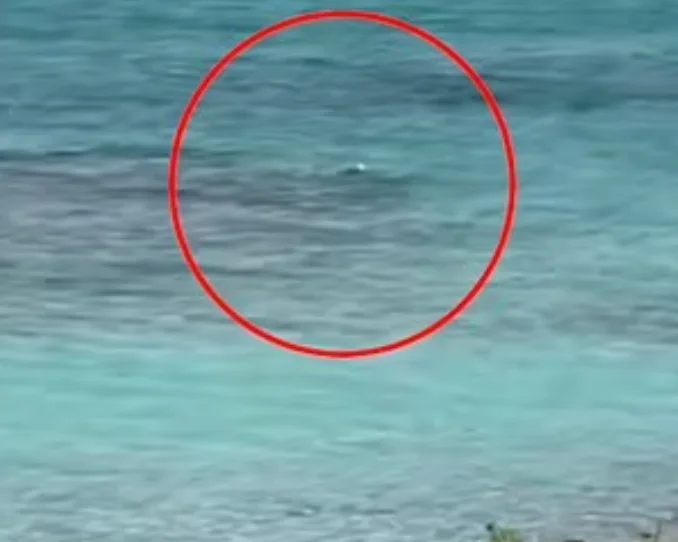
As the waters of Turks and Caicos continue to draw visitors from around the world, the balance between admiration from afar and the thrill of direct interaction must be carefully managed.
Feature Image Credit: (Facebook)

